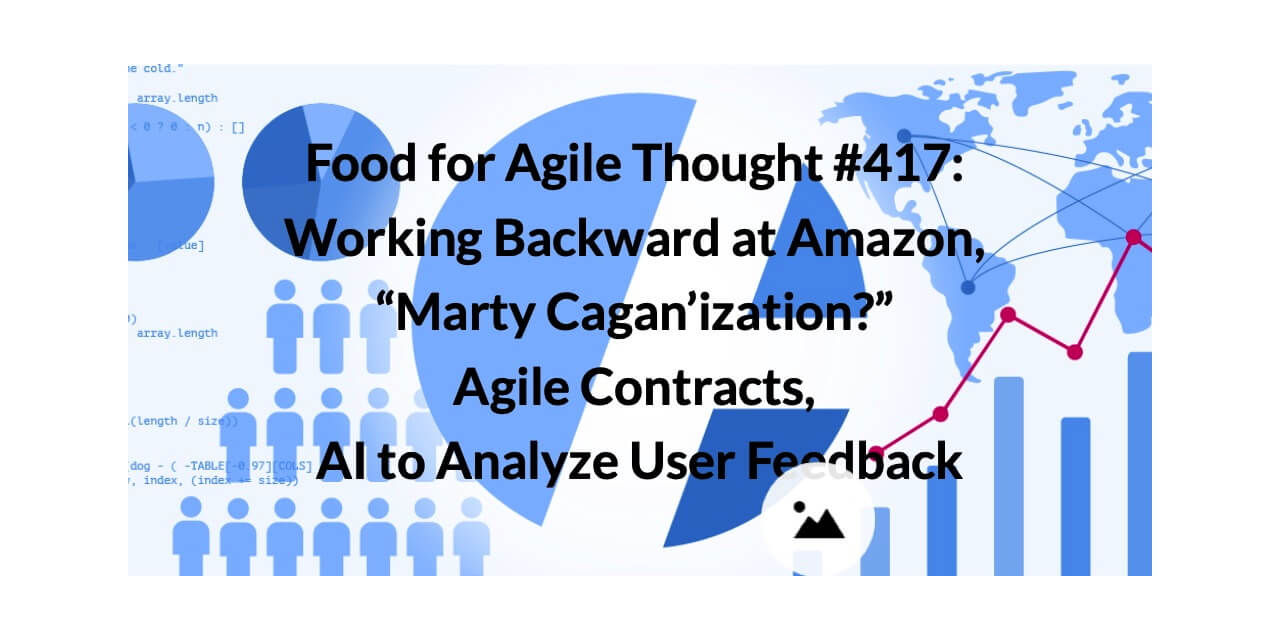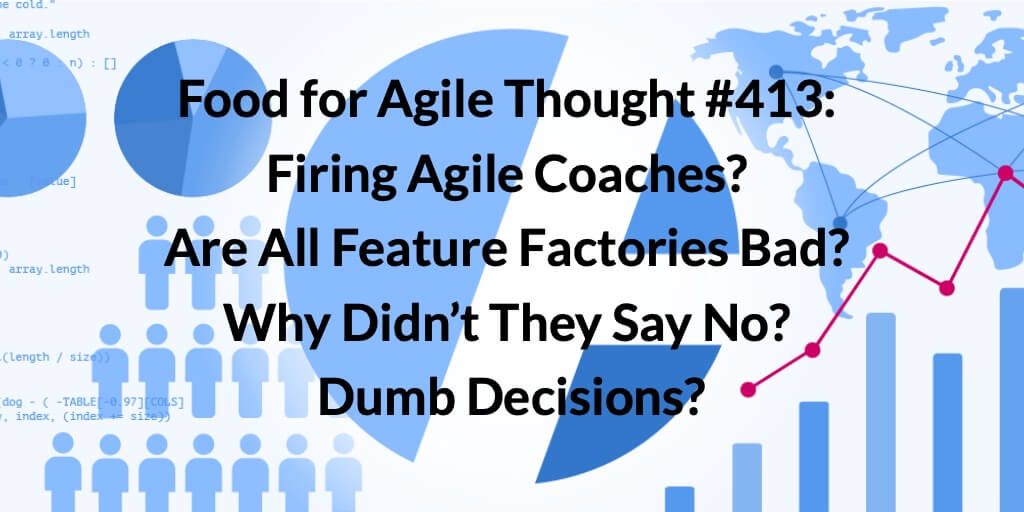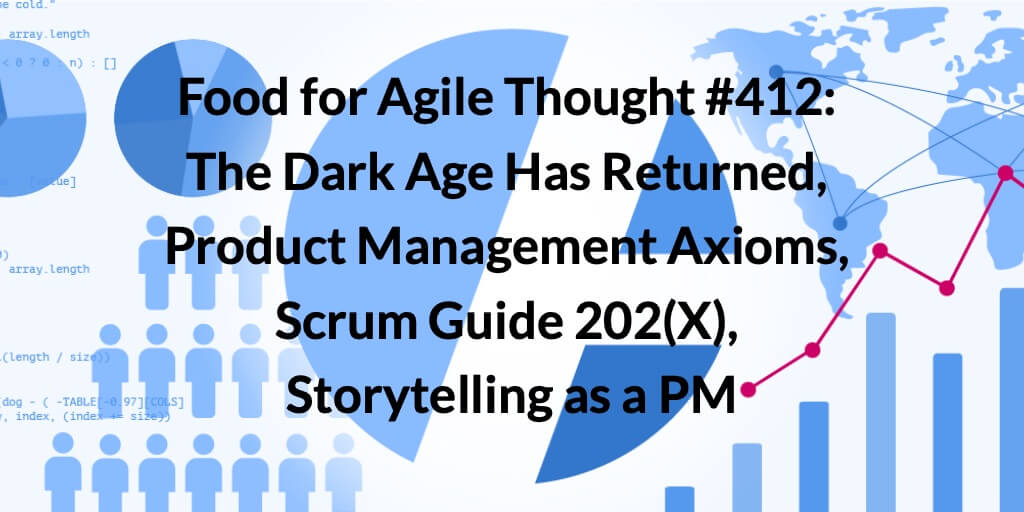TL; DR: Working Backward at Amazon, “Marty Cagan’ization?” — Food for Agile Thought #417
Welcome to the 417th edition of the Food for Agile Thought newsletter, shared with 49,538 peers. This week, we delve into Working Backward at Amazon with Lenny Rachitsky and Bill Carr and explore Viktor Cessan’s proposition of borrowing ecology’s “Interspecific Interactions” framework to enhance workplace interactions. Peter Stevens sheds light on ten agile contract models, evaluating their alignment with operational agility. Further, Alexey Krivitsky and Roland Flemm provide insights on transitioning from Component Teams to more flexible organizational designs, drawing from James Shore’s talk. Lastly, we uncover the detrimental Scrum anti-patterns across planning, communication, and quality adherence that often lead to underperformance in Scrum teams.
Then, Bandan Jot Singh’s critical take on the global ‘Marty Cagan’ization’ in the product domain urges a balanced evaluation of its impact on product professionals. Scott Belsky explores AI’s potential to disrupt business models, hinting at a meritocratic shift in creative fields yet posing questions on brand perception. Lenny Rachitsky delves into a discussion with Eric Ries on the Lean Startup methodology, while Michael H. Goitein highlights the perilous ‘Product Gap’ in organizational transformations, drawing a vivid analogy to point at the dangers of assigning critical Product roles to the inexperienced.
Lastly, Paulo Caroli illuminates the ‘Design Ahead’ technique to synchronize design and development phases. Moreover, Kyle Byrd explores the subtle effects of OKRs on strategic choices, delving into the dichotomy of causal and effectual reasoning. Also, Aatir Abdul Rauf introduces an efficient method for PMs to harness AI tools to sift through customer feedback, refine product strategies, and gauge competitive standing. Conversely, Steven Sinofsky critiques the President’s Executive Order on AI as an impulsive move, potentially thwarting innovation while bypassing democratic scrutiny and lacking accountability and transparency.







